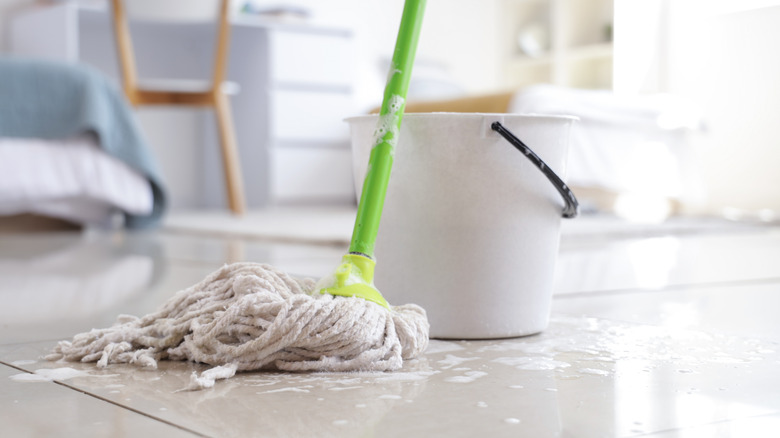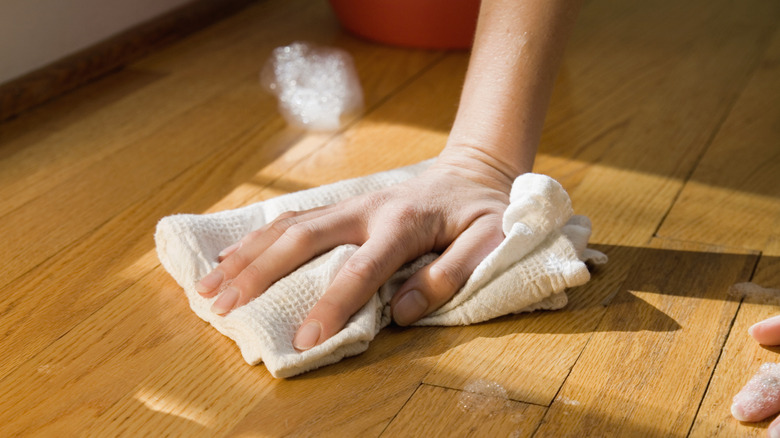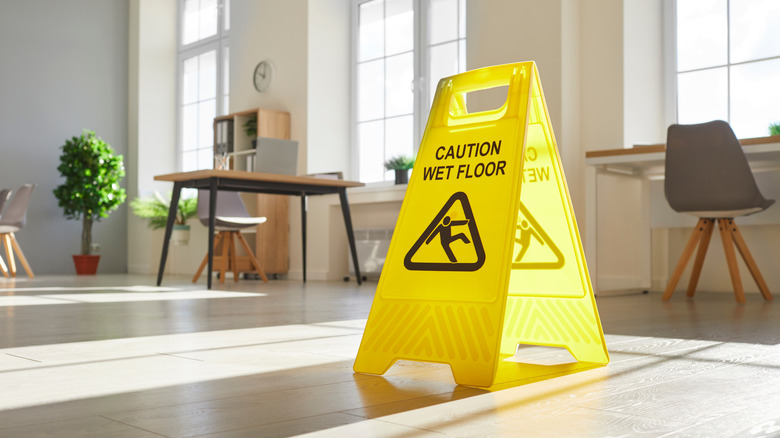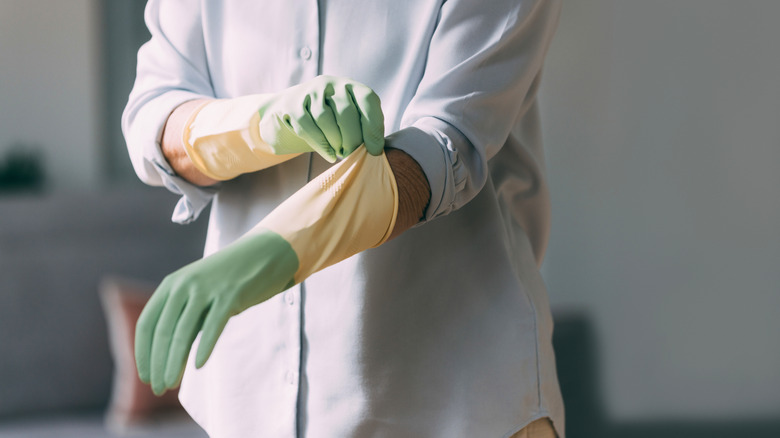Differences Between Neutral Floor Cleaners & Floor Neutralizers (& When To Use Each)
Nobody enjoys having dirty floors in their home, but trying to figure out what cleaner to use can be a headache. Between hardwood, tiles, natural stone, laminate flooring, and more, there are a lot of different materials out there with a range of cleaning needs. When assessing your options, you may encounter neutral floor cleaners and floor neutralizers. While these products sound similar, they serve very different purposes. One can be used in most areas throughout your home, while the other could cause severe damage if you apply it inappropriately.
If you want a typical, all-around product to scrub your floors with, then reach for a neutral floor cleaner. These fall under pH-neutral cleaners, which are known to interact nicely with most surfaces and fixtures including hardwood, tile, and natural stone. They also won't damage your floor's finish or sealant, which is one of the most critical mistakes people make when cleaning hardwood and tile floors. Along with specifically formulated floor cleaners, pH-neutral products include dish soap, rubbing alcohol, and baking soda.
Neutral floor cleaners get their name because they have a neutral pH, meaning they're close to 7 on the pH scale. It's important to know the pH balance of cleaners because, at the end of the day, we're talking about chemicals. These ratings can help you understand how products interact with other chemicals or surfaces rather than having to rely on trial and error. Picking a cleaner with a suitable pH will not only protect your floors from etching, dullness, and other damage, but this will also prevent issues like haziness, which is often the result of chemical buildup.
Other benefits of neutral floor cleaners
In addition to being great all-around cleaning products, neutral floor cleaners are considered non-hazardous. They don't contain hydroxides, silicates, phosphates, or other harsh chemicals. Their mild nature also means that neutral cleaners pose less of a safety risk than highly acidic or alkaline solutions that can cause skin irritation or burns. This makes them especially ideal for homes with children or pets. Additionally, pH-neutral products are easy to use, as you likely don't need to take any precautionary steps beforehand. Still, you should check your product's instructions before use, as you may need to dilute it with water first.
Furthermore, most neutral floor cleaners are biodegradable, which makes them more environmentally friendly than their alternatives. You can look into other environmentally friendly cleaning ingredients, too. But generally, neutral cleaners don't contain any volatile organic compounds, which are gases emitted from solids or liquids, including chemicals. These compounds can trigger respiratory issues and irritate your eyes, nose, and throat. However, it's always important to double-check the ingredient list of your cleaning products before purchasing. While some brands may advertise their products as neutral, they may still contain an acid. Also, keep in mind that neutral floor cleaners have their limitations. For example, they aren't great with tough stains like rust or anything extremely alkaline or acidic. While you can always test a stain by applying your neutral product first, you may need to use a more aggressive cleaner that's specifically formulated for both your floor and stain type.
What are floor neutralizers?
When people think of cleaning a floor, they often mean removing surface-level stains, dirt, and debris. Basically, you want to get up grime without actually messing with your floor's structure. If that's your intention, you absolutely don't want to reach for a floor neutralizer, as this product isn't designed for basic cleaning. Unlike neutral cleaners, a floor neutralizer often sits at the acidic end of the pH scale. It's designed to neutralize or counteract the effects of alkaline or acidic residues on your floor.
If you've been in areas with heavy winters, you've probably seen the white haze left on floors by snow and ice melt. This is an example of an alkaline residue that neutral cleaners don't really affect. Instead, neutral cleaners may actually make the haze worse, which will make your floor appear even dirtier than when you started. This is where a floor neutralizer comes in. This product helps return your floor to as close to neutral as possible so you can actually clean it with regular products afterward.
Along with winter maintenance, floor neutralizers can be used to rinse carpets after cleaning or prepare stripped floors for refinishing. Stripping a floor refers to the process of removing your floor's finish, wax, or sealant. Once again, since many floor strippers are alkaline, they can leave behind a residue that pH-neutral cleaners can't appropriately address. If you don't thoroughly clean your floor's surface with a neutralizer after stripping, you may damage your new floors before you even have a chance to enjoy them.
How to use a floor neutralizer
If you need to use a floor neutralizer, don't apply it directly onto your floor's surface. Instead, mix your neutralizer with water, using about 1 to 3 ounces per gallon of water for lighter duties and 3 to 4 ounces per gallon of water for heavier cleaning, like removing salt and ice residue. The exact amounts will vary between products, so remember to check the manufacturers' instructions.
Once your product is mixed, you can apply it to your floors with a mop. Allow it to sit for about five minutes. From there, you can use a stiff brush to scrub the surface if necessary, like when dealing with salt residue. Make sure to rinse your surface with plain water afterward to ensure that you remove all traces of the floor neutralizer. This step is especially important if you're working on stripped floors, as you don't want any chemicals left behind to interfere with the new finish.
If you're using the floor neutralizer on carpet, simply add the mixture to your carpet cleaner instead and run that over your carpet as you normally would. When using floor neutralizers, it's generally recommended to wear gloves and potentially eye protection, as some products can irritate both your skin and eyes. However, you should always double-check your product for any safety guidelines and follow the specific instructions on the packaging.



